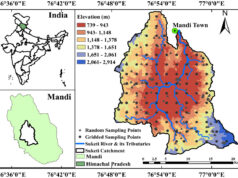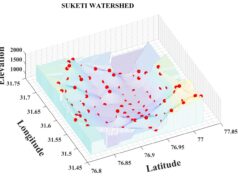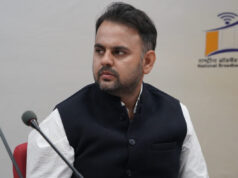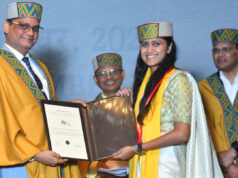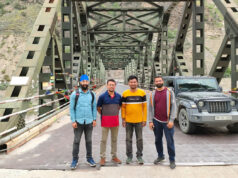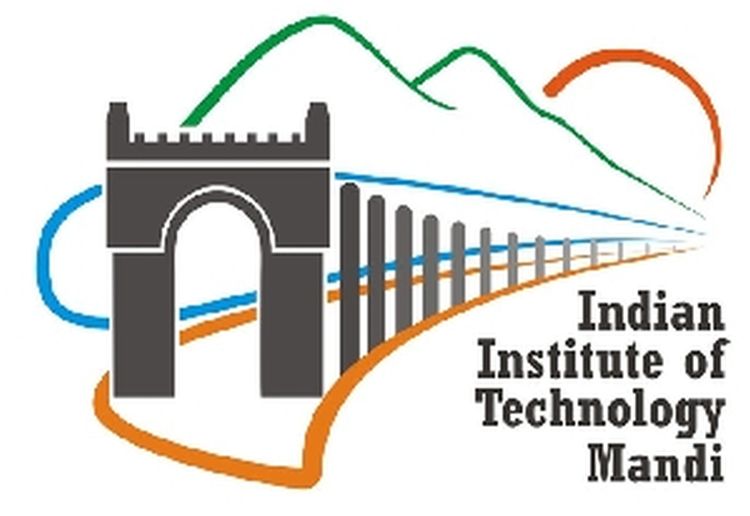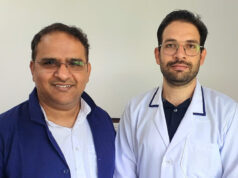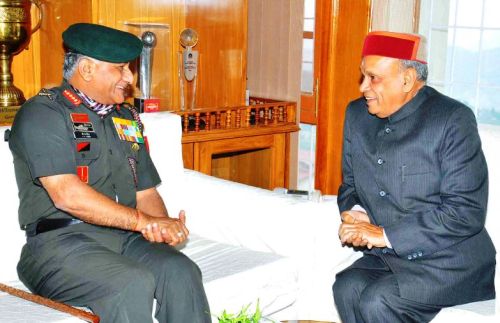The potential of the proposed system is vast and includes applications such as battery-free wireless cameras, wireless monitors, sensors, skin-attachable sensing platforms, contact lenses, machine-to-machine communication, and human-to-machine interactions, among others.
Mandi: Researchers at the Indian Institute of Technology Mandi have developed efficient wireless powering and communication technology for wireless powering and communication technology for IoT applications.
The research team was led by Dr Siddhartha Sarma and assisted by Shivam Gujral, PhD. Scholar, IIT Mandi.
The Internet of Things (IoT) is a collection of objects (“things”) that can exchange data with each other through the Internet. IoT devices range from ordinary household appliances in a “smart” home to sophisticated industrial and scientific tools.
Highlighting his research, Shivam Gujral, PhD. Scholar, IIT Mandi, said, “We have developed a cooperative model, in which, backscatter communication and radiofrequency energy harvesting (RF-EH) devices act together to optimally allocate the resources such as time and antenna weights.”
The team performed research on two such powering options – radio frequency energy harvesting (RF-EH) and backscatter communication.
Going into the technical aspects of this work, Dr Siddhartha Sarma, mentioned, “We used a dedicated power transmitter for the two devices, in which the backscatter device transferred information through a monostatic configuration and the RFEH device through the HTT protocol. The team used extensive numerical simulations to establish the superiority of the proposed cooperative scheme over existing schemes. In these simulations, key parameters were varied to analyze the performance of the model.”
Researchers plan to implement the joint radiofrequency energy harvesting-backscatter communication system in real-time to analyze system performance. This would include working on the hardware aspects of the two complementary technologies. The potential of the proposed system is vast and includes, in addition to IoT devices, applications such as battery-free wireless cameras, wireless monitors, sensors, skin-attachable sensing platforms, contact lenses, machine-to-machine communication, and human-to-machine interactions.



